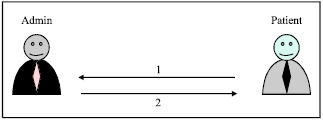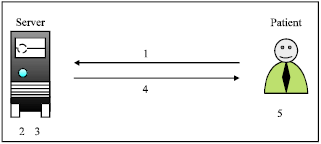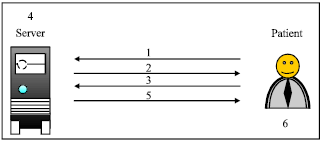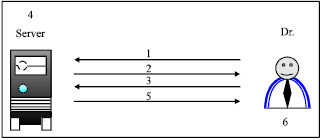Research Article
Secure Topology for Electronic Medical Record Transmissions
Faculty of Computer Science and Information Technology, University Malaysia, 50603, Kuala Lumpur, Malaysia
M. L. Mat Kiah
Faculty of Computer Science and Information Technology, University Malaysia, 50603, Kuala Lumpur, Malaysia
A. A. Zaidan
Faculty of Engineering, Multimedia University Jalan Multimedia, 63100 Cyberjaya, Selangor, Malaysia
B. B. Zaidan
Network and Communication Security Research Group, ICT and Computational Science Research Cluster, University of Malaya, 50603 Kuala Lumpur, Malaysia
Gazi Mahabubul Alam
Department of Educational Management, Planning and Policy, Faculty of Education, University of Malaya, 50606 Kuala Lumpur, Malaysia












